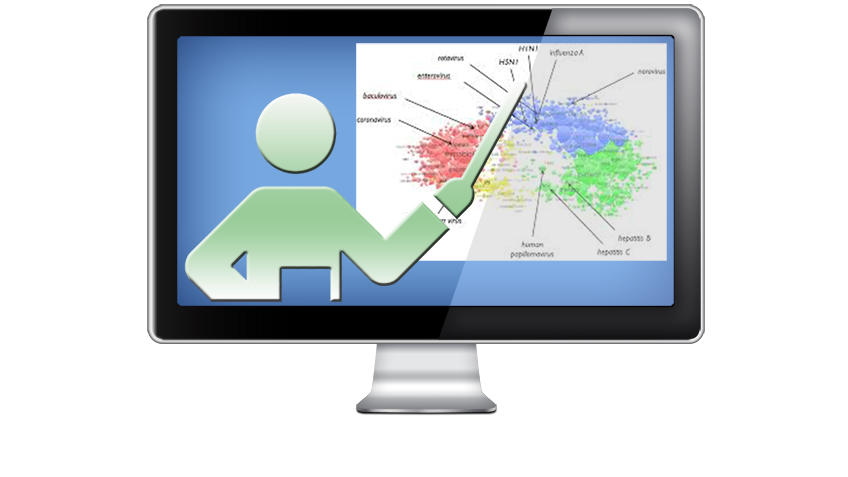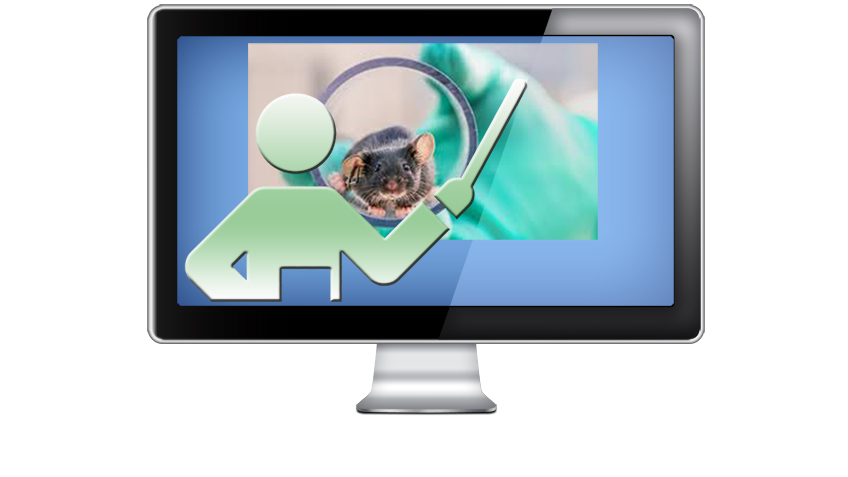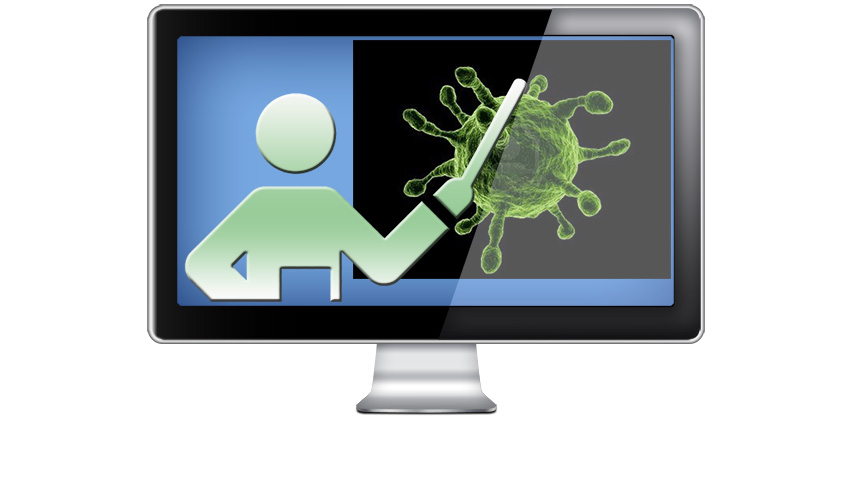1V. Personnel Security in Laboratory Biosecurity Programs
WebinarPersonnel security is comprised of security measures focused on people and behaviors rather than typical physical barriers approaches. Personnel security can be thought as the "administrative controls" in any advanced security program. This course will teach administration, management, and researchers the basic principles of threat assessment and introduce participants to the role of comprehensive personnel security in a laboratory biosecurity programs. The course is intended to give participants a basic tool-kit that will allow them to implement successful comprehensive insider threat mitigation strategies using personnel security approaches at their home institutes and to convey concepts in personnel security to their colleagues. Participants will be presented with relevant case studies in order to learn about relevant threats in the biomedical and health sectors. Participants will learn about all aspects of personnel security including: suitability, reliability, peer and self reporting strategies, threat assessment, OPSEC, INFOSEC, and an introduction to elicitation, manipulation and surveillance awareness. These concepts will be put in to practice in interactive, live role-playing scenarios that include interview tactics, deception detection elicitation and surveillance detection. Regulatory issues relevant to implementation of personnel security management programs, in particular changes to the Select Agent Regulations pertaining to Tier 1 agents, will also be discussed.












